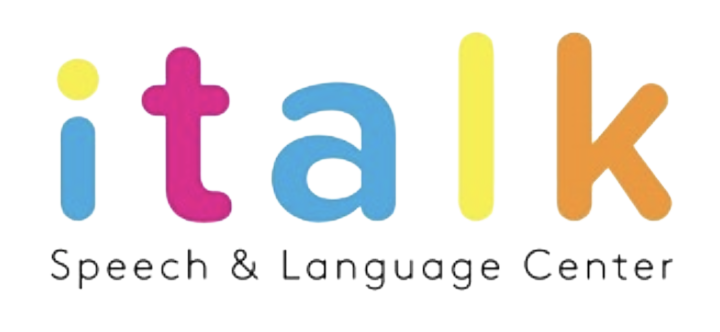Fluency Therapy
Our fluency therapy is designed to empower individuals with strategies to manage and improve speech fluency, enabling them to communicate confidently and smoothly.
-
Fluency disorder involves different interruptions in the normal rhythm and smoothness of speech.
Fluency disorders involve disruptions in the normal flow of speech, resulting in repetitions, prolongations, or blocks of sounds, syllables, words, or phrases. There are two main types of fluency disorders: stuttering and cluttering.
1) Stuttering
Stuttering is the most well-known fluency disorder. It involves involuntary disruptions in speech flow, such as repetitions (e.g., "w-w-what"), prolongations (e.g., "ssssun"), and blocks (e.g., silent pauses when trying to start a word). Stuttering can lead to physical tension, avoidance behaviors, and emotional distress.
2) Cluttering
Cluttering is another fluency disorder, though less common than stuttering. It is characterized by rapid and disorganized speech that may be difficult to understand. People with cluttering often speak too quickly, omit or blend sounds, and have trouble organizing their thoughts and expressions
It's important to note that within these broad categories, fluency disorders can vary in severity and presentation. Additionally, some individuals may experience a combination of both stuttering and cluttering behaviors.
-
Approximately 5% of children go through a period of stuttering at some point during their early language development. This phase, known as developmental stuttering, usually occurs between the ages of 2 and 5 as children are learning to coordinate their language skills.
The majority of children who experience developmental stuttering will naturally outgrow it. Research suggests that about 75-80% of children who exhibit stuttering during their early years will recover spontaneously without any formal intervention. This process typically takes place within the first year or two after the stuttering begins. Factors like gender, family history of stuttering, and the child's overall language and speech abilities can influence the likelihood of recovery.
For the remaining 20-25% of children who do not spontaneously outgrow stuttering, the stuttering might persist into adolescence and adulthood. In these cases, seeking the guidance of a speech-language pathologist with expertise in stuttering can be beneficial.
Early intervention and therapy can help manage and minimize the impact of stuttering on a child's communication and quality of life, promoting effective communication skills and boosting self-confidence.
-
Fluency disorder can affect how smoothly someone speaks and can make it harder for them to express themselves clearly and confidently. By providing techniques to manage disruptions and reduce emotional distress, therapy fosters improved self-esteem and social interactions. It paves the way for academic and professional success, minimizing avoidance behaviors and secondary effects, thereby enhancing overall quality of life. With personalized strategies and support, fluency therapy not only addresses speech challenges but also enables individuals to embrace their full potential and engage meaningfully in various aspects of life.
-
At italk, the treatment of fluency disorders in children is anchored in a child-centered approach that goes beyond traditional methods. This approach acknowledges the essential role of parents in their child's journey to fluency. Alongside individualized interventions, parent education forms a cornerstone, empowering parents with a profound understanding of fluency disorders and effective strategies to support their child's progress both in therapy sessions and everyday life. Moreover, emotional support is interwoven into the therapeutic fabric, ensuring that the emotional well-being of both children and their families is nurtured. Advanced fluency modification techniques are carefully integrated into therapy, offering children practical tools to manage their speech with confidence. This comprehensive approach, combining child-centered care, parent involvement, emotional support, and cutting-edge techniques, reflects italk's commitment to fostering holistic growth in children with fluency disorders.
